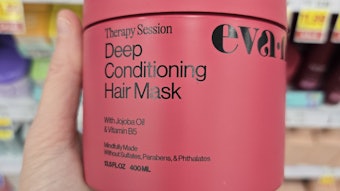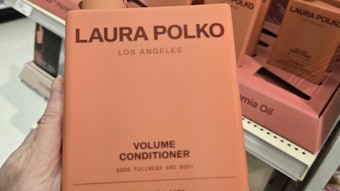In the past 30 years, only two innovations in shampoo technology have been of sufficient importance to have a major impact on formulation practices, ingredient supply, and consumer usage. These innovations are the incorporation of a cationic polymer into an anionic surfactant system1 in the early 1970s and the functional incorporation of silicone in the late 1980s. In each case, the improvement served as a technological shock wave, causing a flurry of competitive patent activity and product emulation.
Today we are between shock waves. While the industry is currently not experiencing a period of major change, suppliers and marketers have nevertheless achieved significant advances in the development of new ingredients and the meaningful improvement of existing materials, formulation approaches and test methodology.
Interestingly, in many cases today’s efforts have direct application to the cited innovations of the 1970s and 80s. For example, more than 25 years after patents issued for the usage of cationic guar in anionic shampoo systems, work continues towards improving the functionality, selectivity, and aesthetics (e.g., clarity) of cationic guar when used in these applications. Cationic guars as deposition aids: It has recently been determined that in addition to their inherent conditioning properties, certain cationic guar polymers also function as deposition aids for other non-substantive conditioning agents such as silicones. In one such case, Rhodia reported studies revealing a signifi cant difference in the amount of siliconea deposited onto hair from SLESb/amphoacetate systems, with and without a cationic guar polymerc.










